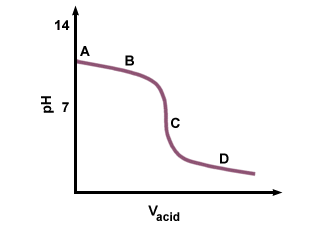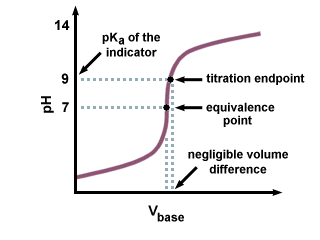Please wait while we process your payment
If you don't see it, please check your spam folder. Sometimes it can end up there.
If you don't see it, please check your spam folder. Sometimes it can end up there.
Please wait while we process your payment

By signing up you agree to our terms and privacy policy.
Don’t have an account? Subscribe now
Create Your Account
Sign up for your FREE 7-day trial
By signing up you agree to our terms and privacy policy.
Already have an account? Log in
Your Email
Choose Your Plan
Individual
Group Discount
Save over 50% with a SparkNotes PLUS Annual Plan!
 payment page
payment page
Purchasing SparkNotes PLUS for a group?
Get Annual Plans at a discount when you buy 2 or more!
Price
$24.99 $18.74 /subscription + tax
Subtotal $37.48 + tax
Save 25% on 2-49 accounts
Save 30% on 50-99 accounts
Want 100 or more? Contact us for a customized plan.
 payment page
payment page
Your Plan
Payment Details
Payment Summary
SparkNotes Plus
You'll be billed after your free trial ends.
7-Day Free Trial
Not Applicable
Renews July 16, 2025 July 9, 2025
Discounts (applied to next billing)
DUE NOW
US $0.00
SNPLUSROCKS20 | 20% Discount
This is not a valid promo code.
Discount Code (one code per order)
SparkNotes PLUS Annual Plan - Group Discount
Qty: 00
SparkNotes Plus subscription is $4.99/month or $24.99/year as selected above. The free trial period is the first 7 days of your subscription. TO CANCEL YOUR SUBSCRIPTION AND AVOID BEING CHARGED, YOU MUST CANCEL BEFORE THE END OF THE FREE TRIAL PERIOD. You may cancel your subscription on your Subscription and Billing page or contact Customer Support at custserv@bn.com. Your subscription will continue automatically once the free trial period is over. Free trial is available to new customers only.
Choose Your Plan
This site is protected by reCAPTCHA and the Google Privacy Policy and Terms of Service apply.
For the next 7 days, you'll have access to awesome PLUS stuff like AP English test prep, No Fear Shakespeare translations and audio, a note-taking tool, personalized dashboard, & much more!
You’ve successfully purchased a group discount. Your group members can use the joining link below to redeem their group membership. You'll also receive an email with the link.
Members will be prompted to log in or create an account to redeem their group membership.
Thanks for creating a SparkNotes account! Continue to start your free trial.
We're sorry, we could not create your account. SparkNotes PLUS is not available in your country. See what countries we’re in.
There was an error creating your account. Please check your payment details and try again.
Please wait while we process your payment

Your PLUS subscription has expired
Please wait while we process your payment
Please wait while we process your payment

Problems and Solutions
Problem :
List the major species at points A, B, C, and D on the following titration curve of the titration of ammonia with HCl.

A = NH3, it has yet to be acidified.
B = NH3 and NH4+ in the buffering region.
C = NH4+. At the equivalence point, all the
NH3 has been protonated, and water molecules begin to take up acidic
protons.
D = NH4+ and more acid in solution
(H3O+).
Problem :
Why is it acceptable to use an indicator whose pKa is not exactly the pH at the equivalence point?
As we can see in the following titration curve, even if the pKa of the indicator is several units away from the pH at the equivalence point, there is only a negligible change in volume of titrant added due to the steep slope of the titration curve near the equivalence point.

Problem :
It takes 26.23 mL of a 1.008 M NaOH solution to neutralize a solution of 5 g of an unknown monoprotic acid in 150.2 mL of solution. What is the molecular weight of the unknown?
This is a standard stoichiometry problem for titration. Calculate the number of moles of base to know the number of moles of the unknown because it is a monoprotic acid. Once you know the number of moles of the unknown, divide the mass of the unknown by the number of moles to obtain the solution: the molecular weight of the unknown is 189.1 g/mol. Titration stoichiometry problems do not get much trickier than this.
Please wait while we process your payment

